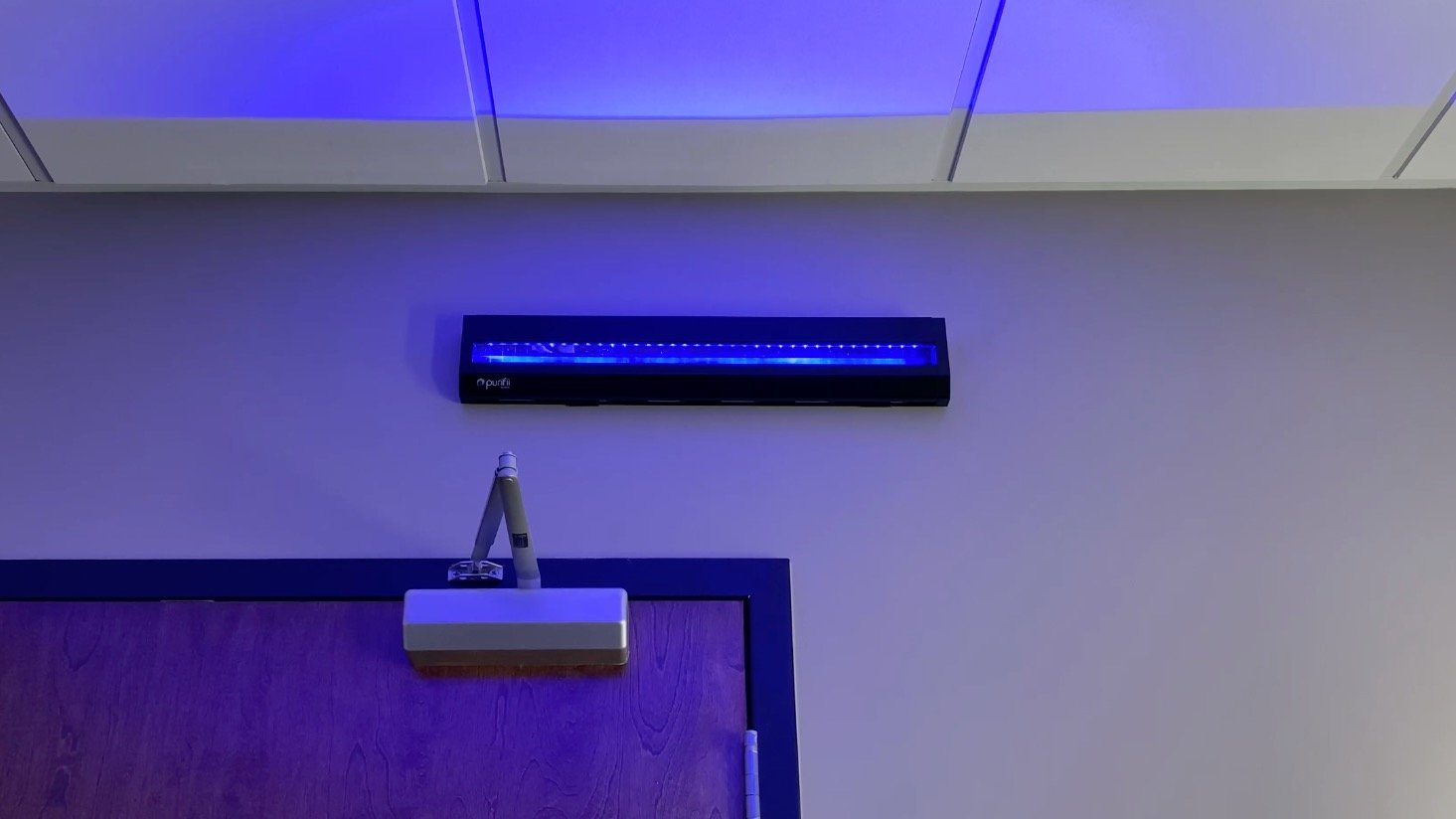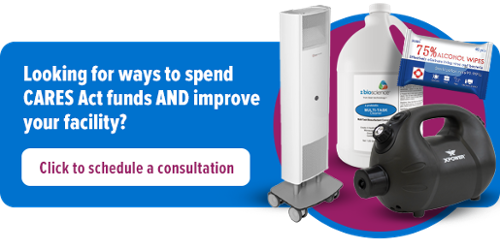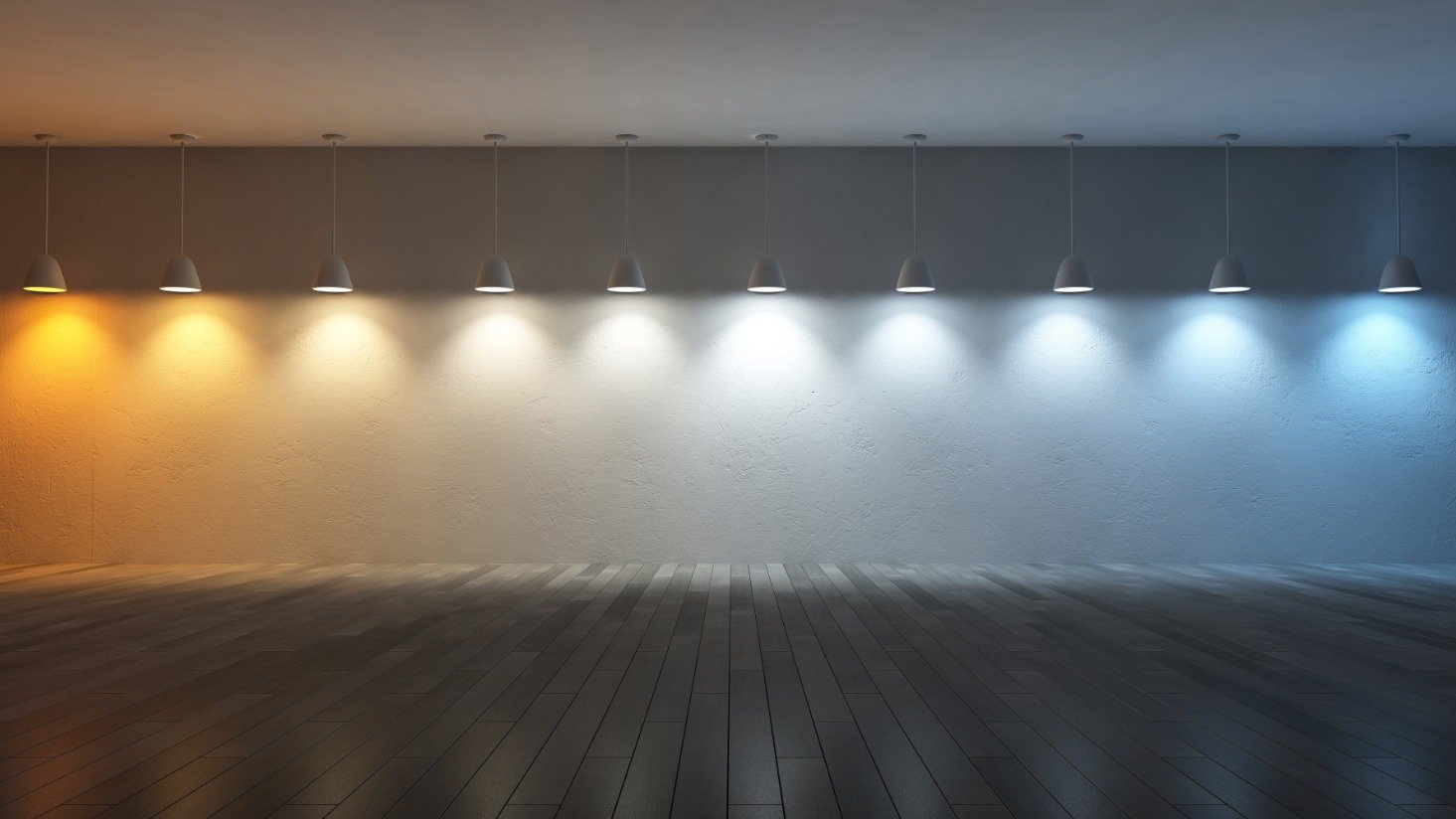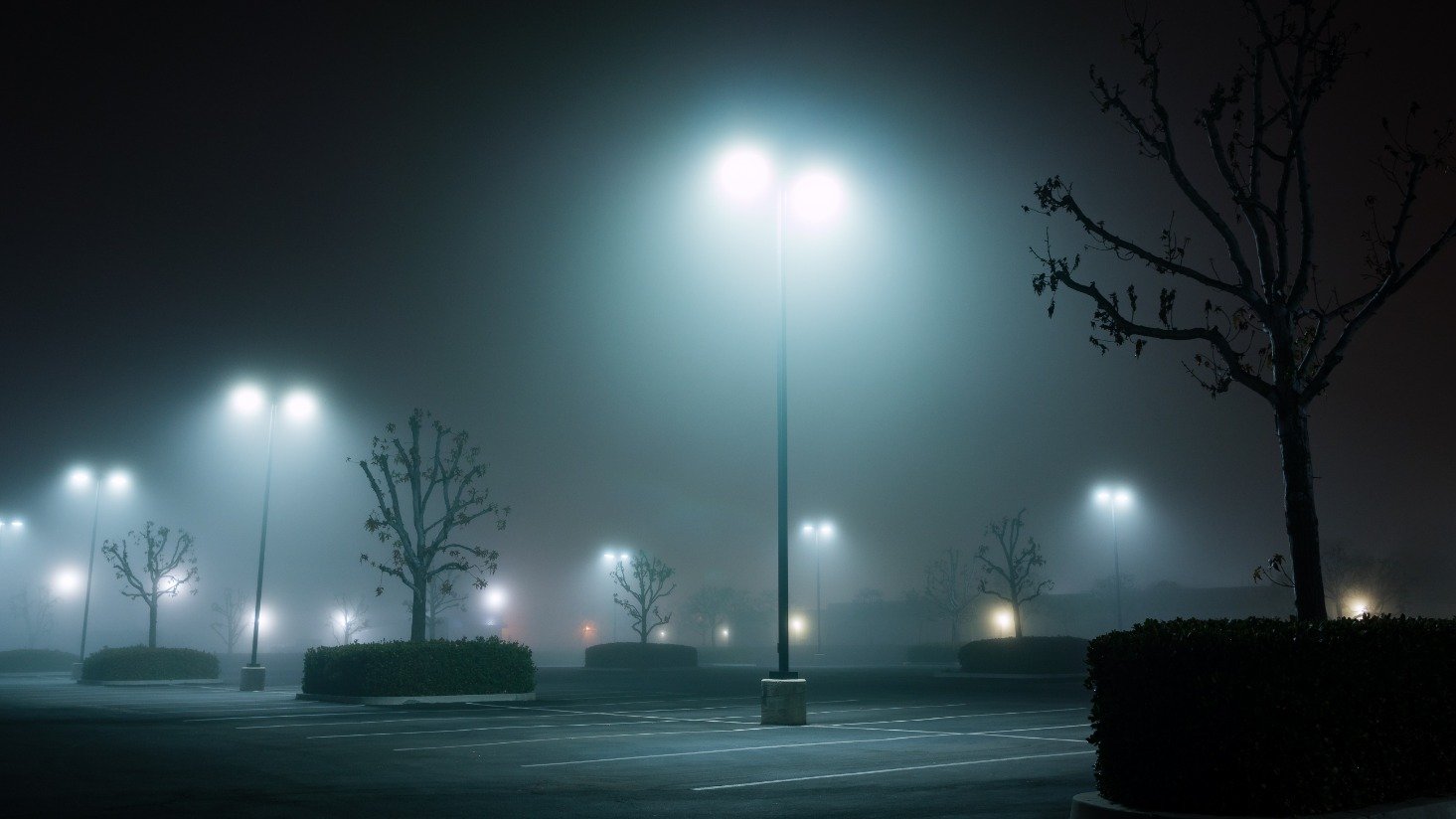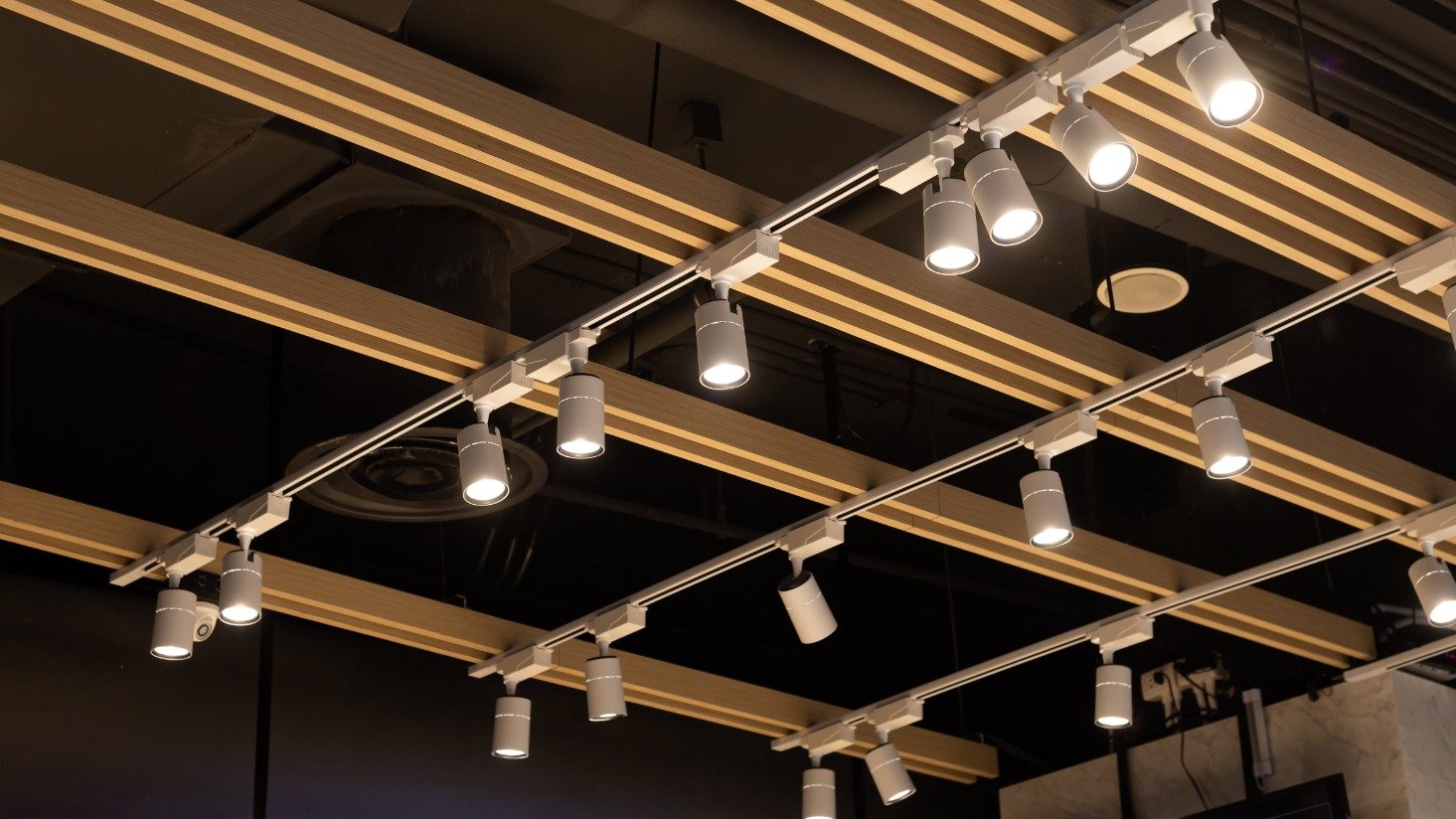How to tell if UV-C LEDs work
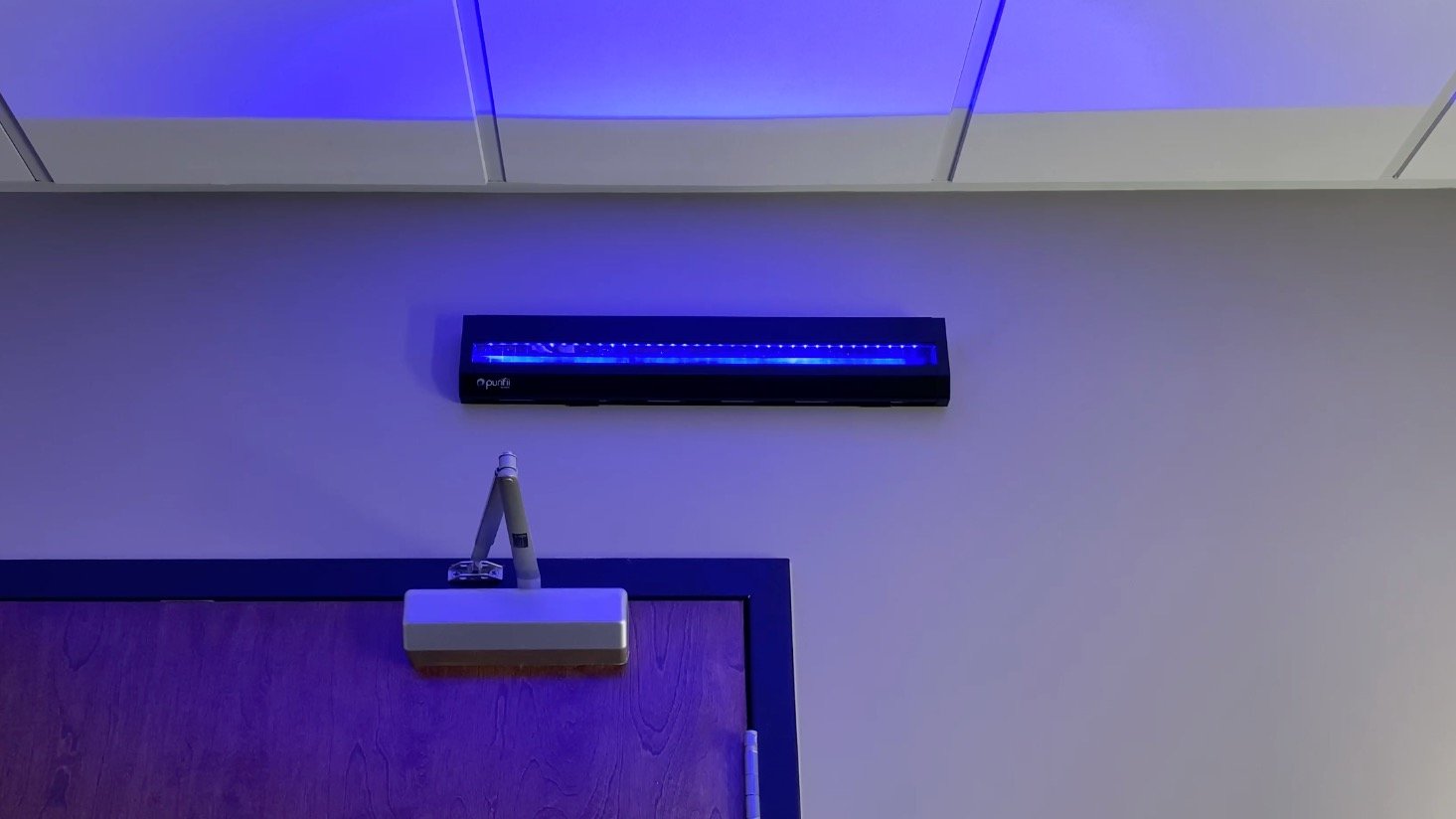
LEDs are now the primary lighting option for most commercial buildings. But when it comes to disinfectant lighting, traditional light sources like low pressure mercury tubes are still dominant.
However, LEDs are quickly transforming the UV-C world as well. UV-C technology has been around for more than a century and is known for zapping pathogens. UV-C LEDs offer the same disinfectant powers, but last longer and are safer for the environment.
UV-C LEDs have gained momentum since the start of the COVID-19 pandemic. New technology and innovation has created more UV-C LED tools and products that inactivate bacteria and viruses. When sourced from a reliable manufacturer, UV-C LEDs can help protect workers, employees, and tenants during the pandemic and beyond.
What is UV-C LED?
When researchers, engineers and manufacturers started designing and producing LEDs, they recognized the potential for a product that disinfected air, surfaces, and water, but did not contain mercury.
An LED works by producing a selected wavelength, depending on its composition. UV-C LEDs use around 260-280 nm wavelengths, which are known to inactivate pathogens like bacteria and viruses.
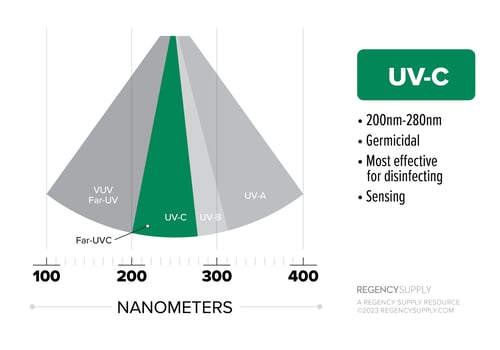 UV-C LEDs offer several advantages to traditional UV-C lamps. First, they're more compact, which creates more design options. Second, they consume less energy (like traditional LEDs). Third, they require no "warm-up" time. When you flip a switch, they turn on instantly unlike mercury-vapor sources. Finally, as we mentioned, they do not contain mercury, which can be harmful when it ends up in landfills.
UV-C LEDs offer several advantages to traditional UV-C lamps. First, they're more compact, which creates more design options. Second, they consume less energy (like traditional LEDs). Third, they require no "warm-up" time. When you flip a switch, they turn on instantly unlike mercury-vapor sources. Finally, as we mentioned, they do not contain mercury, which can be harmful when it ends up in landfills.
For a deeper dive into UV-C LED technology and how recent developments caused the industry to explode, read this article.
UV-C LED product options
As technology improves, more UV-C LED options have hit the market. Because UV-C LED technology is slightly different than traditional UV-C technology, each product is uniquely designed.
We are highlighting a product from a manufacturer we trust and who has researched and designed UV-C LEDs for years, well before the COVID-19 pandemic hit.
Upper-air UV-C LED fixture
Purifii by Luminii is an upper-air UV-C LED fixture that is sleek and modern.
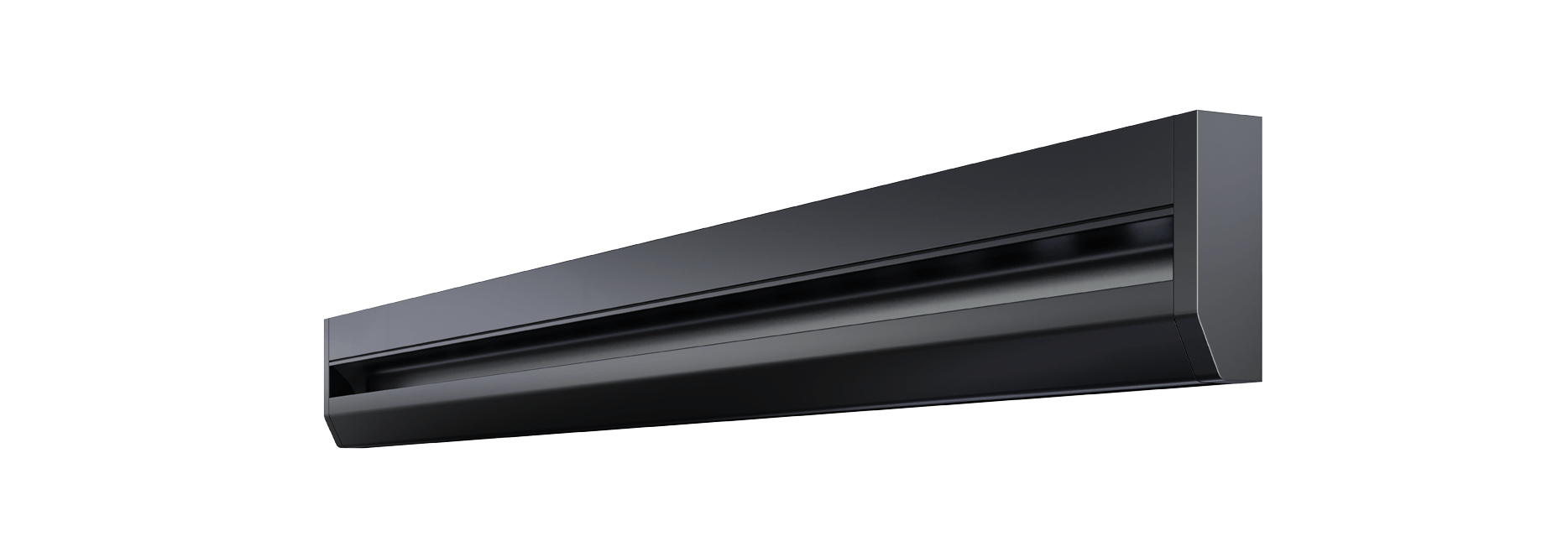 |
| Purifii by Luminii Shop here |
Luminii recognizes that beam shaping is a major challenge with upper-air UV-C systems. Instead of using large reflectors and louvers, the Purifii fixture uses convex quartz lenses over the LEDs paired with a custom-designed aluminum reflector. The design gives Luminii more control over the beams, creating a focused germicidal zone.
With upper-air fixtures, it's critical the beam points in the upper area of rooms only so no one is accidentally exposed. We explain how traditional UV-C upper-air units work in this article.
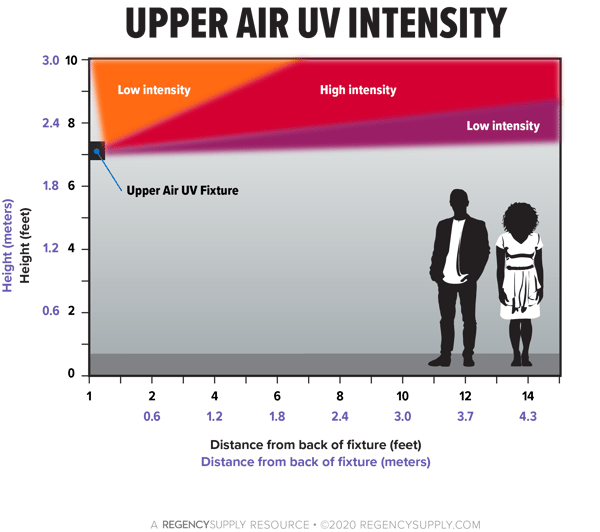
How to tell if UV-C LED products work
Now that you understand a little more about UV-C LED products and different options, how can you tell if they work?
It was a little tricky until recently because most devices that measure UV-C intensity only work in the 254 nm wavelength. UV-C LEDs use 260-280 nm wavelengths.
A company called Intelligo developed the tri-color UV-C LED dosimeter card that responds to the 260-280 nm wavelength.
The photo-chromatic ink on the card changes color when UV radiation hits it. The center of the card changes from yellow to orange to pink, depending on the dose of UV-C LED received.
Read more: What is a UVC dosimeter?
As more businesses adopt UV-C products and UV-C LED specifically, the tri-color UV-C LED dosimeter will be a critical tool to verify that products are working properly and the targeted disinfection is achieved.
Dosimeters are helpful during the installation process as well as the maintenance process. If you use a dosimeter consistently, it's easier to tell when a product is not working as it should and needs to be replaced or thrown out.
UV-C LED red flags
Because there was such a surge of UV-C LED products that hit the marketing during the COVID-19 pandemic, it can be challenging to tell if a product really works.
Here are four red flags to look out for before you make a purchase:
- Low price point - UV-C LEDs are still pretty expensive to manufacturer. If the price is too good to be true, it probably is. Read the fine print to see if UV-A or other light sources may be included with the UV-C LEDs.
- Limited test data - Again, the fine print has all of the details you need, including the test data. Make sure a product is verified by a third party lab.
- Newer company - Plenty of companies popped up to take advantage of a need during the pandemic. Do your homework. If a company is relatively recent with no track record, think twice and do more research before you make a buying decision.
- False claims - UV-C LED is NOT safe for skin. If you see a UV-C LED wand waved over a hand for disinfection, it's safe to assume that product is either not safe or does not use UV-C LEDs.
After your purchase, test the product with a UV-C LED dosimeter.
UV-C LED Installation and Best Practices
If you're ready to purchase UV-C LEDs, we recommend leaving product selection and installation up to the experts. Contact us to set up a consultation today.
